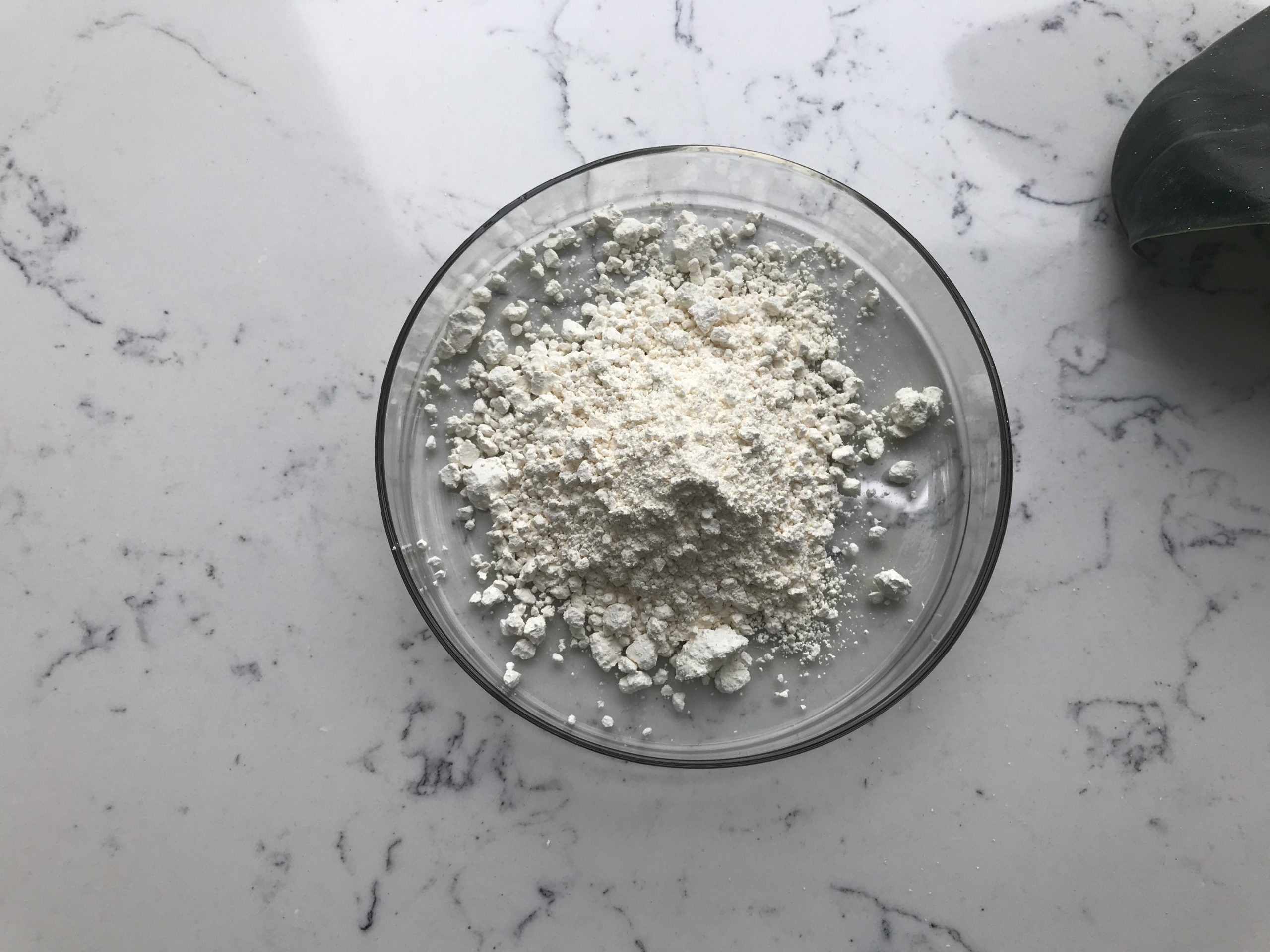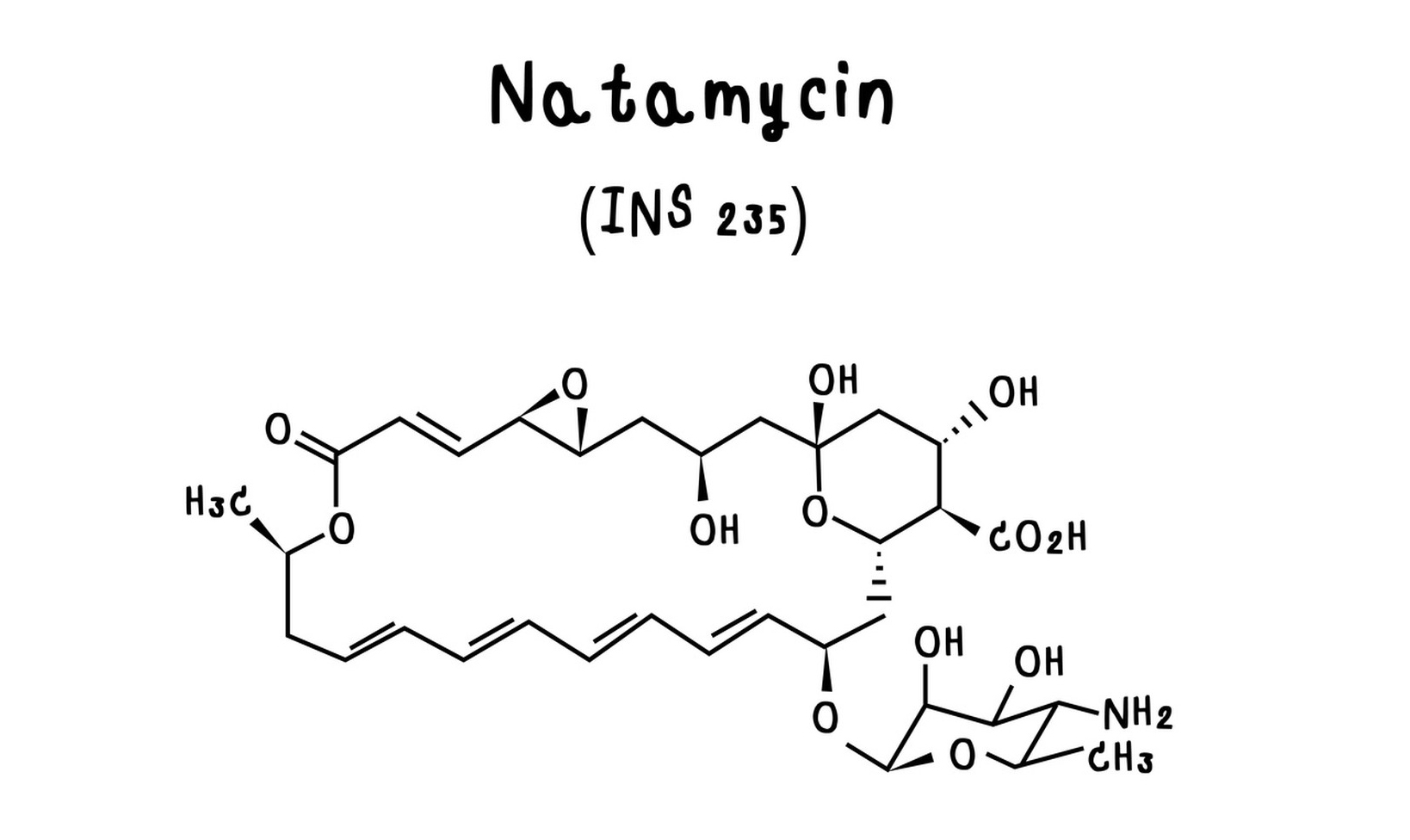Natamycin is an antifungal compound belonging to the class of polyene macrolides, similar in structure to nystatin and amphotericin B. It is produced by Streptomyces natalensis, a bacterium found in soil. While natamycin is best known for its use in the food and pharmaceutical industries, research into its properties, applications, and improvements has been ongoing. Here is a summary of some key areas of recent progress in natamycin research:
1. Antifungal Mechanism of Action
- Membrane Disruption: Natamycin works by binding to ergosterol, a key component of fungal cell membranes. This binding disrupts membrane integrity, leading to leakage of essential intracellular components and eventually cell death. The specificity for ergosterol over cholesterol (found in human cells) makes natamycin relatively safe for use in humans, which is why it is favored in both food applications and some pharmaceutical treatments.
- Broad-Spectrum Activity: Research has shown that natamycin is effective against a wide range of fungi, including molds, yeasts, and dermatophytes, which makes it a versatile antifungal agent.

2. Applications in Food Preservation
- Food Industry: Natamycin has been widely used as a natural preservative in the food industry, particularly in dairy products, meat, and baked goods, where it helps prevent the growth of fungi such as Penicillium and Aspergillus species. Its use is preferred because it does not alter the flavor or appearance of food.
- Research on Application Techniques: Recent studies have focused on improving the delivery and effectiveness of natamycin in food. This includes exploring nanotechnology and encapsulation methods to ensure better distribution and longer-lasting effects.
- Shelf Life Extension: Researchers are working on new methods to incorporate natamycin into packaging materials, creating “active packaging” that can continuously release the antifungal agent to extend the shelf life of perishable goods.
3. Pharmaceutical Applications
- Antifungal Treatment: Natamycin is used topically to treat superficial fungal infections, including eye infections like fungal keratitis. Research has focused on improving the pharmacokinetics of natamycin formulations to enhance penetration and effectiveness, especially in treating ocular infections.
- Combination Therapies: There is ongoing research into combining natamycin with other antifungal agents to treat more resistant fungal infections. Some studies have indicated that combination therapies can offer broader antifungal coverage and reduce the likelihood of resistance development.
- Oral and Systemic Use: Research has been exploring the potential for systemic use of natamycin for internal fungal infections. However, its poor bioavailability and the challenges of overcoming its large molecular size remain obstacles. Researchers are working on methods like liposomal formulations and nanoparticle-based delivery to improve its systemic absorption.

4. Resistance Mechanisms
- While natamycin is considered less likely to induce resistance compared to other antifungals like azoles or polyene antibiotics, there have been studies investigating the mechanisms behind resistance in certain fungal strains. Understanding how fungi may adapt to natamycin will help in designing strategies to maintain its effectiveness.
- Research on resistance involves studying genetic mutations in fungi that affect ergosterol biosynthesis, the target of natamycin, and assessing the potential for cross-resistance with other antifungal classes.
5. Synthesis and Production Improvements
- Biotechnological Advances: Advances in genetic engineering and fermentation processes have been made to improve the yield and cost-effectiveness of natamycin production. Researchers have been working on optimizing Streptomyces natalensis strains through genetic modifications to increase the efficiency of natamycin biosynthesis.
- Synthetic and Semi-Synthetic Approaches: Research is also exploring semi-synthetic methods to modify the natamycin molecule, potentially improving its activity spectrum or reducing side effects. Such approaches may lead to new formulations that have broader or more targeted therapeutic uses.
6. Environmental Impact and Sustainability
- Sustainable Production: As with many antibiotics and natural products, there is growing interest in making natamycin production more sustainable. Studies have explored alternative fermentation processes, the use of renewable resources, and more efficient extraction methods to reduce the environmental footprint of large-scale production.

7. Emerging Areas of Research
- Nanotechnology: Nanotechnology is a rapidly developing field in natamycin research. Researchers are investigating the use of nanoparticles for targeted delivery of natamycin, particularly for ocular and mucosal fungal infections. These approaches promise to enhance the bioavailability and minimize systemic side effects.
- Anti-Candida Therapy: Candida infections are an area of active research, particularly in immunocompromised patients. Natamycin is potential against Candida species, including drug-resistant strains, has been the subject of several studies.
Conclusion
Overall, research on natamycin continues to expand across several domains, from food preservation to pharmaceutical applications. Ongoing studies are focused on enhancing its delivery, overcoming challenges related to bioavailability, and exploring its use in combination therapies. Furthermore, advances in biotechnology, synthetic biology, and nanotechnology hold promise for improving the production, effectiveness, and scope of natamycin in treating fungal infections.
